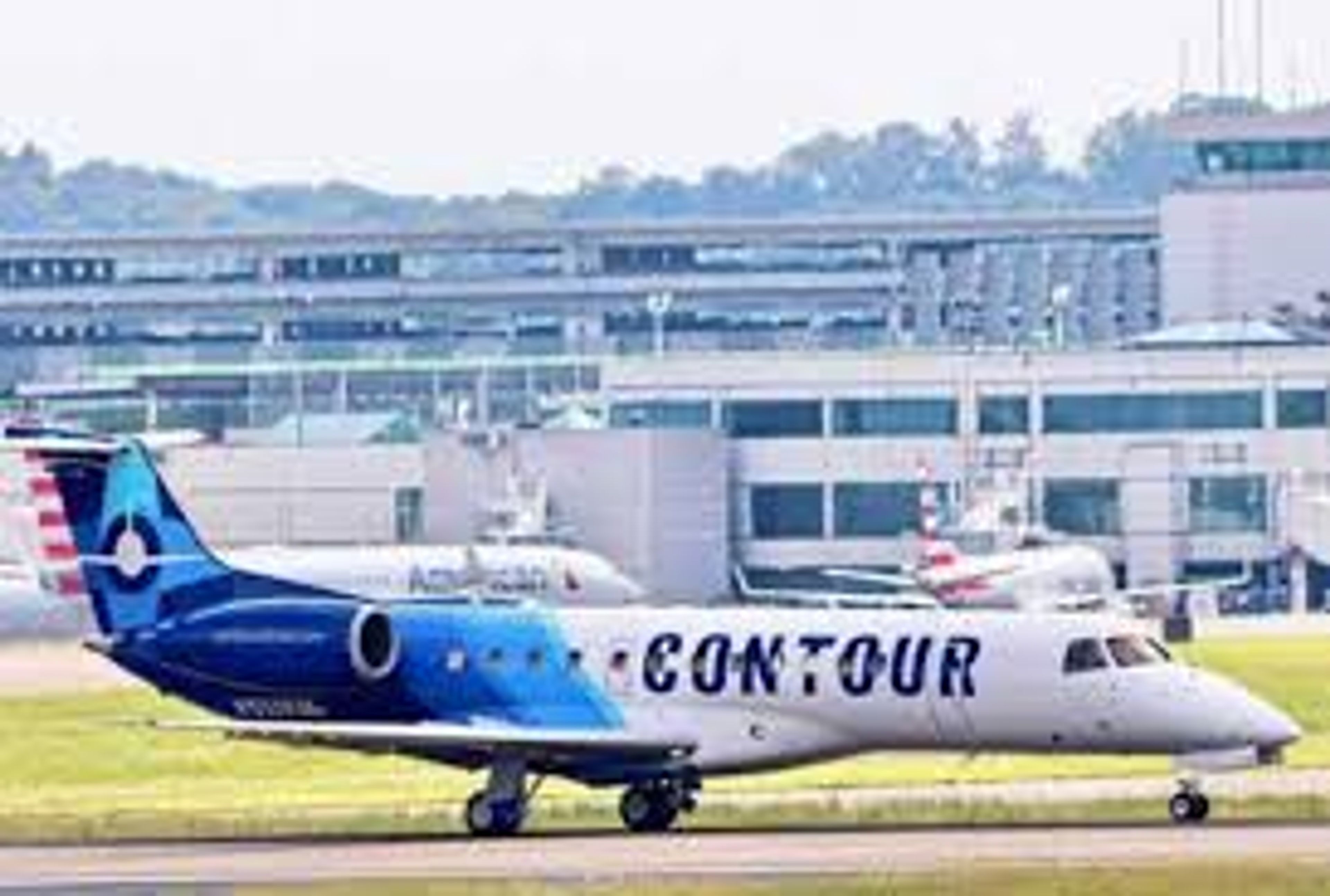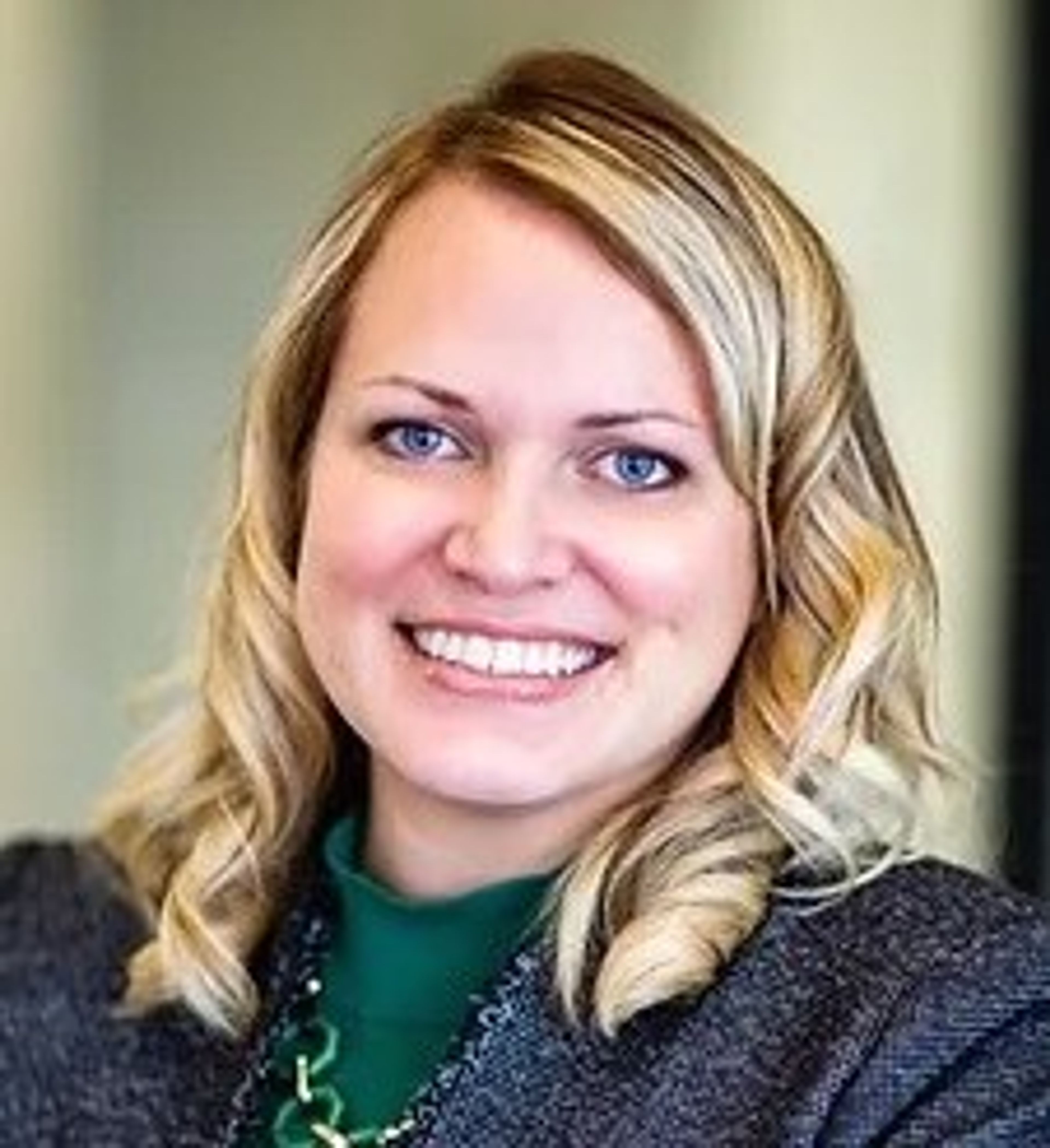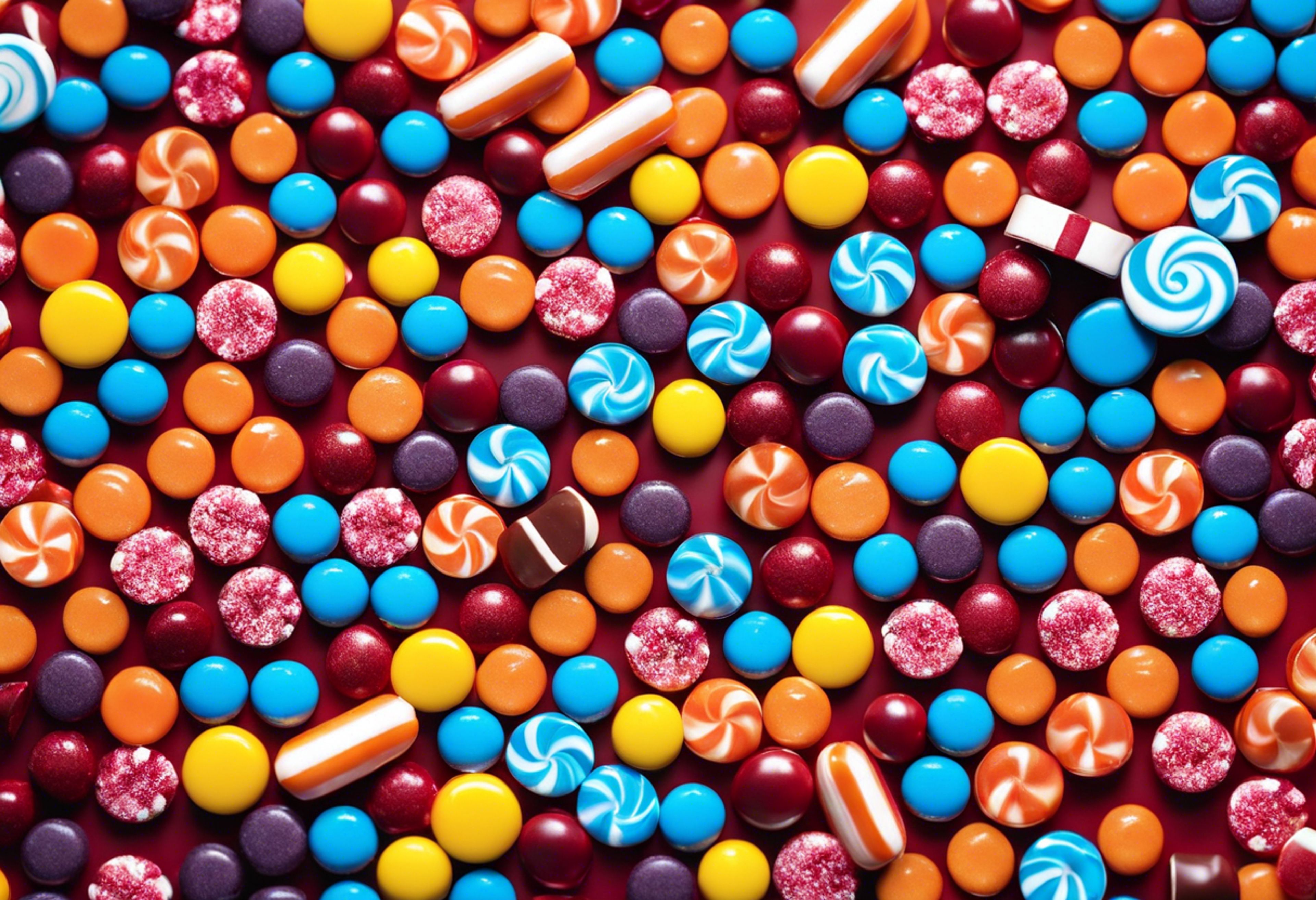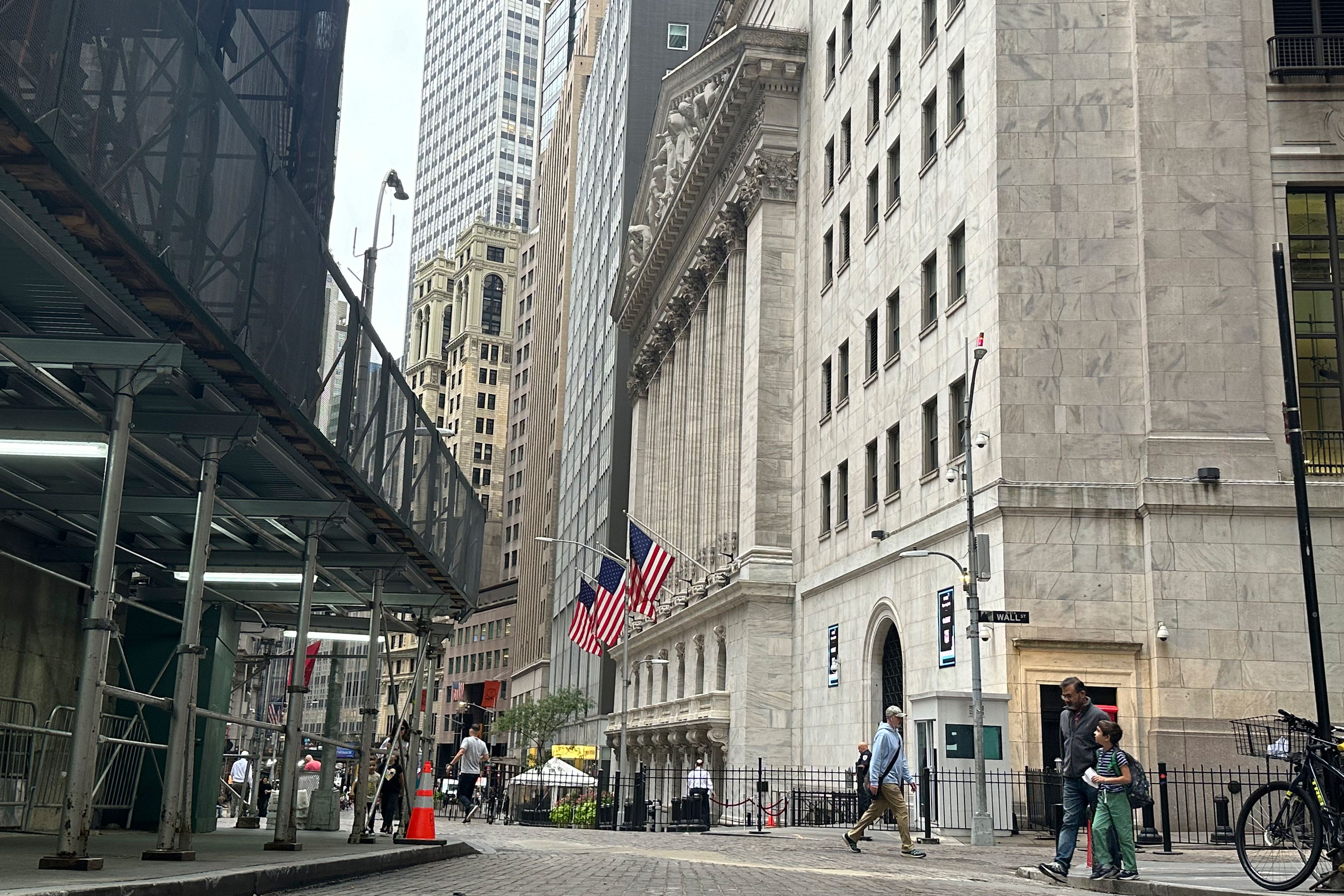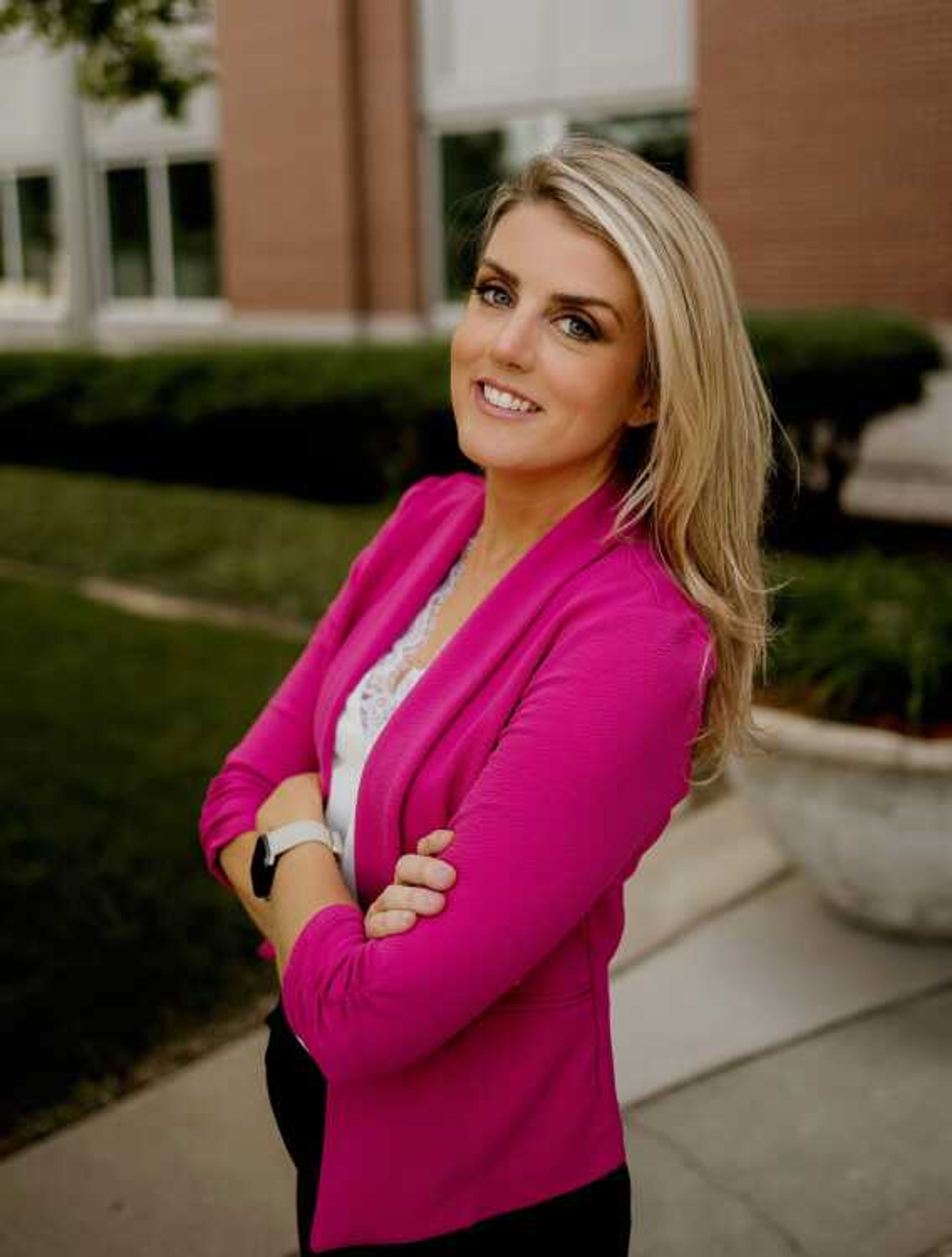NEW YORK
Luxury is making a comeback.
This holiday season, upscale retailers are selling mega-high-end merchandise like $5,000 handbags, $15,000 diamond necklaces and even $8,500 caviar servers. And they expect consumers to splurge again after two years of hunkering down.
Since late summer, Katherine McCormick has treated herself to luxury impulse items including $1,200 Givenchy boots and an $1,800 animal print designer dress. That's a big change from the basic wardrobe items she invested in during the past two years.
"I'm more in the mood to spend," said the 38-year-old New York photographer, as she was trying on a $4,500 mink white sweater at Royal Chie, a Manhattan boutique.
Moving away from the conservative
Well-heeled shoppers, whose spirits have been recently lifted by stock market gains and a lessened fear of terrorism, have been spending more freely the past few months. So upscale merchants are playing up luxury this holiday season, moving away from the more conservative, even comfy items that consumers were drawn to during the recession and in the months after Sept 11, 2001.
Bergdorf Goodman is sending out a gift catalog that will feature such items as an $8,500 Faberge caviar server, a $5,000 cherry crocodile handbag from designer Darby Scott and a $750 fox fur cap from Lola.
"People are not buying basics right now. They're buying more distinctive, edgy pieces," said Robert Burke, vice president of fashion at Bergdorf Goodman. This past fall, accessories and clothing in pastel colors, including $8,500 chartreuse handbags, have been strong sellers.
Ultimo, a designer women's clothing boutique in Chicago, expects to sell twice as much evening wear as it did last year, CEO Sara Albrecht said. Among the items: $7,500 beaded gowns by Bagley Mishka and $5,000 embroidered designs from John Galliano.
Saks Fifth Avenue's holiday catalog features a $90,000 sable coat by Michael Kors; a $15,800 Piero Milano diamond necklace; and an $81,000 Cartier white gold and diamond watch.
Daniel Barry, a managing director at Merrill Lynch, estimated that sales at stores open at least a year for the upscale merchants he tracks -- Tiffany & Co., Neiman Marcus Group and Saks Fifth Avenue -- will rise 4.9 percent for the fourth quarter. That compares with a sales decline of 1.1 percent a year earlier.
"This year, the rich are coming back," Barry said.
Still, the return to luxury spending is not expected to be near the levels seen in the late 1990s, when the dot-com boom created a crop of multimillionaires eager to trade up to designer goods.
Gerald Celente, director of The Trends Research Institute, a research firm in Rhinebeck, N.Y., may be more bearish than others.
"We are seeing a slight uptick, but it is not going to be what it used to be," he said. He cited a still sluggish job market on Wall Street and a much smaller pool of luxury spenders because of the dot-com bust.
Upscale retailers say they've seen early signs that this will be a stronger holiday season than in recent years.
Brendan Hoffman, CEO of Neiman Marcus Direct, which just mailed its holiday catalog, noted that consumers are shopping for holiday presents much earlier than last year. In September, Neiman Marcus Group, which operates Bergdorf Goodman, posted a sales increase of 13.6 percent at stores open at least a year, well exceeding analysts' estimates for a 0.8 percent gain.
At Saks Fifth Avenue, sales of luxury goods such as diamond necklaces from its holiday catalog, have been "very strong already," according to David Gruning, a company spokesman.
In particular, fur sales -- considered a key barometer for consumers' willingness to spend on luxury -- have rebounded, after declining in 2001 following the terrorist attacks, according to Keith Kaplan, executive director of the Fur Information Council of America, an industry trade association. Fur sales should increase 10 percent to 15 percent, reaching anywhere from $1.87 billion to $1.96 billion this year, from $1.7 billion a year ago, he said.
At a fashion show held earlier this month at a hotel here, Royal Chie generated $500,000 in sales in just a couple of hours, spokeswoman Judy Agisim said. The company had anticipated only $70,000 in sales.
Connect with the Southeast Missourian Newsroom:
For corrections to this story or other insights for the editor, click here. To submit a letter to the editor, click here. To learn about the Southeast Missourian’s AI Policy, click here.
